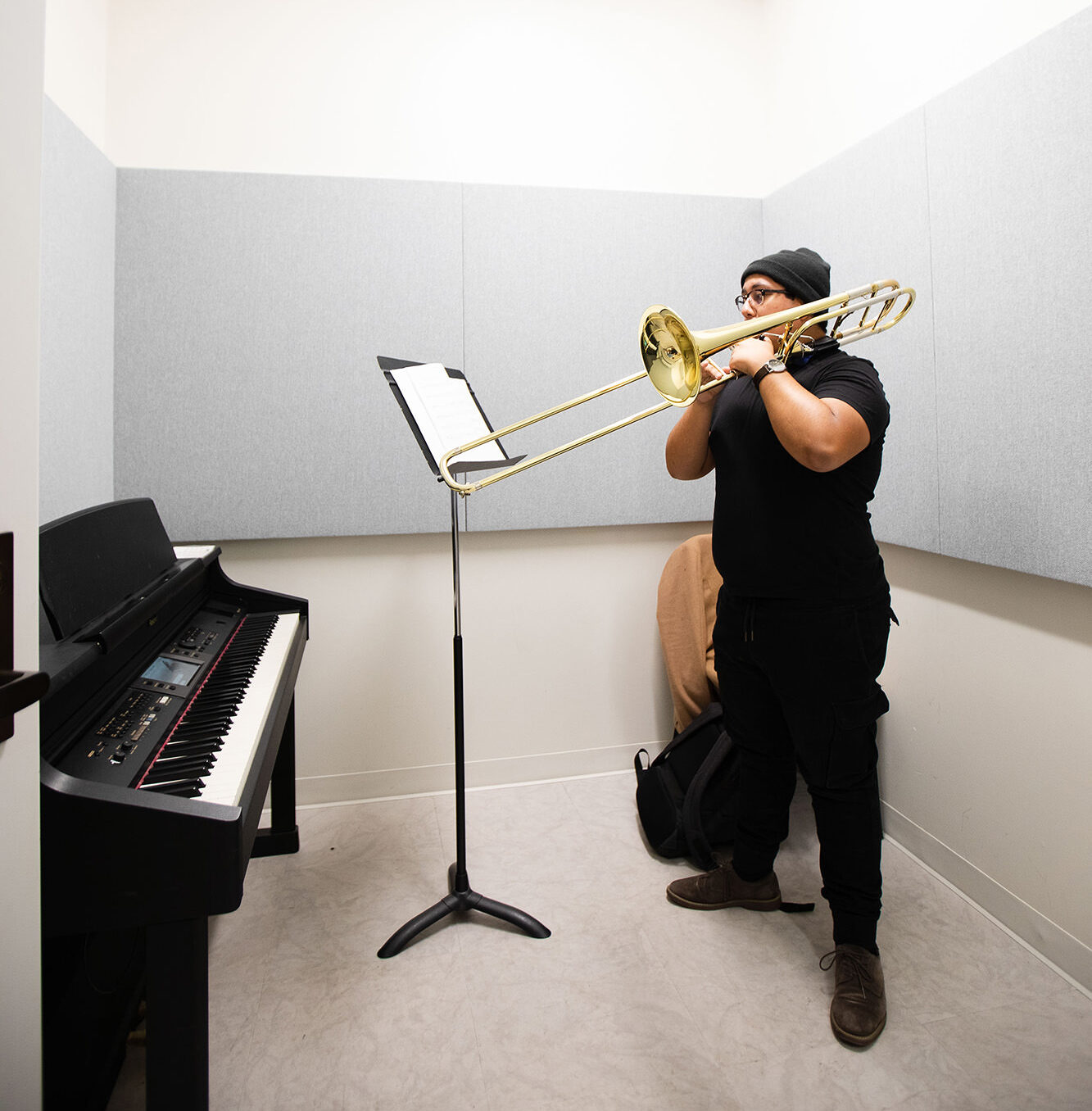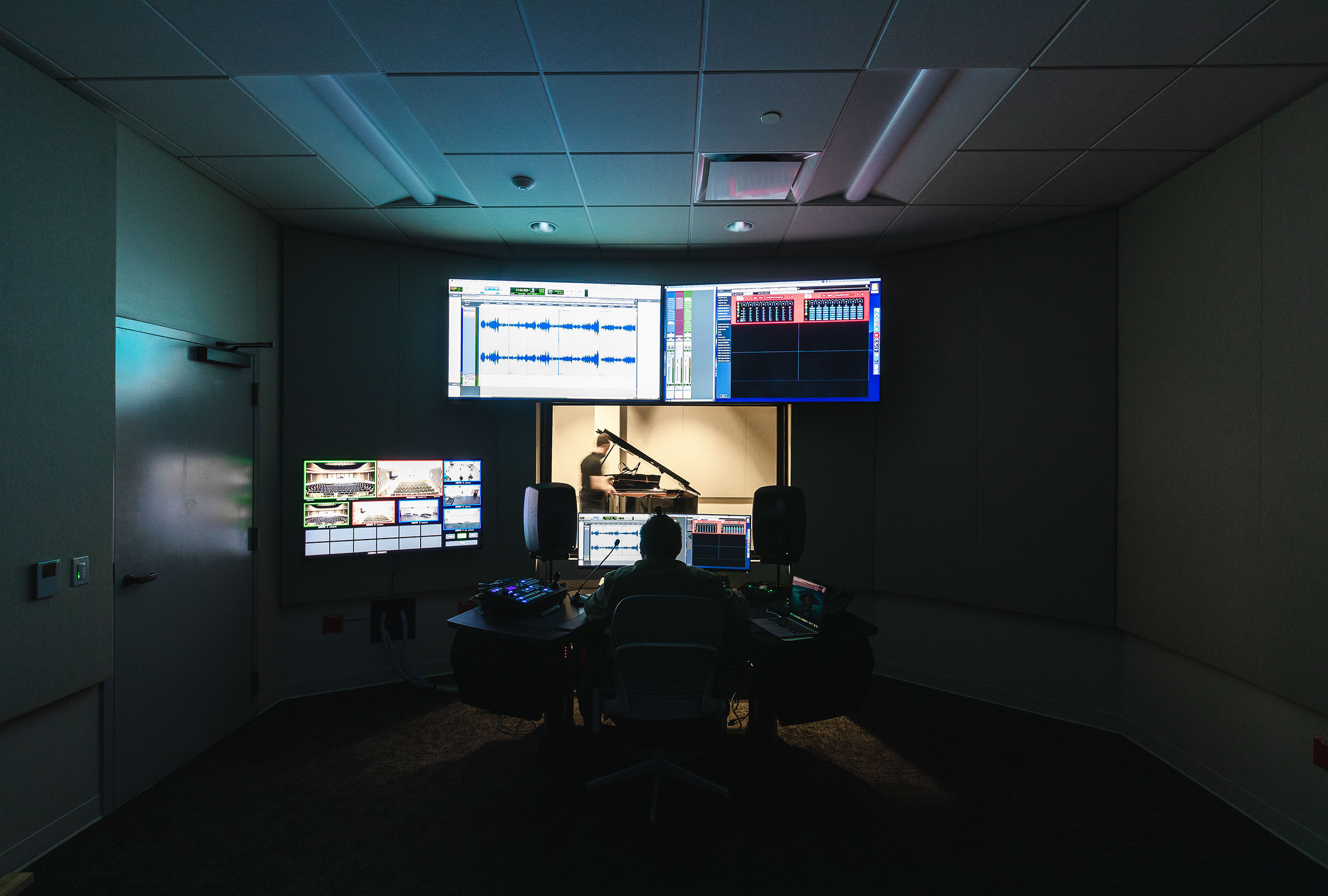for Educational Facilities
Whether it’s a simple recording of a live lecture, a commentated video broadcast, or an acoustically rich musical performance, it is clear that the use of multi-media is becoming increasingly integrated into the educational process.
As users grow in both sophistication and dependence on the medium, the nuances involved in creating the specialized spaces required for its creation warrant consideration.
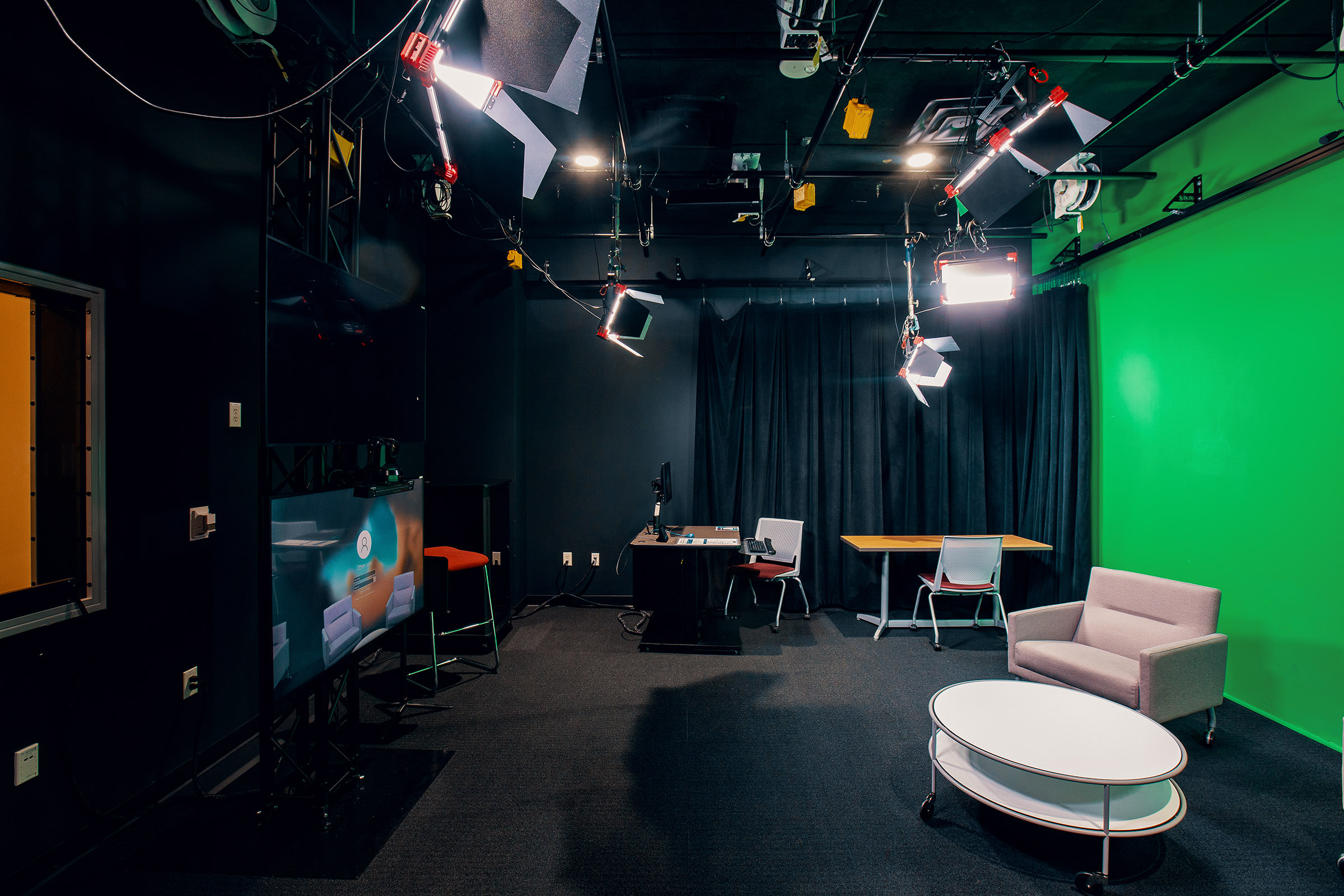
Podcasting
The popularity of recording and streaming content has increased steadily since the advent of the podcast in the early 2000s. According to a 2019 survey conducted by Edison Research , over 50% of Americans have listened to a podcast in their lifetime, and 32% listen to at least one podcast a month.
Benefits of Podcasting in Education
As podcasting becomes more prevalent, educational institutions are recognizing the medium’s potential for enhancing the learning experience. Recorded lectures and classroom presentations for students to stream outside of class has multiple benefits. These recordings allows students who are absent to keep pace by streaming lectures they missed prior to returning to the classroom. Students have the option of revisiting in-class instruction for clarification, enhanced understanding, and preparation for upcoming assignments and exams. It also affords students with learning differences the ability to self- pace and revisit the material as often as needed for content mastery in an environment best suited for their learning style.
The benefits extend beyond instructor-generated content as students engage in creating available content for class presentations and assignments, expressing opinions, and continuing the classroom discussion.
Source: Edison Research and Triton Digital, “The Infinite Dial 2019”
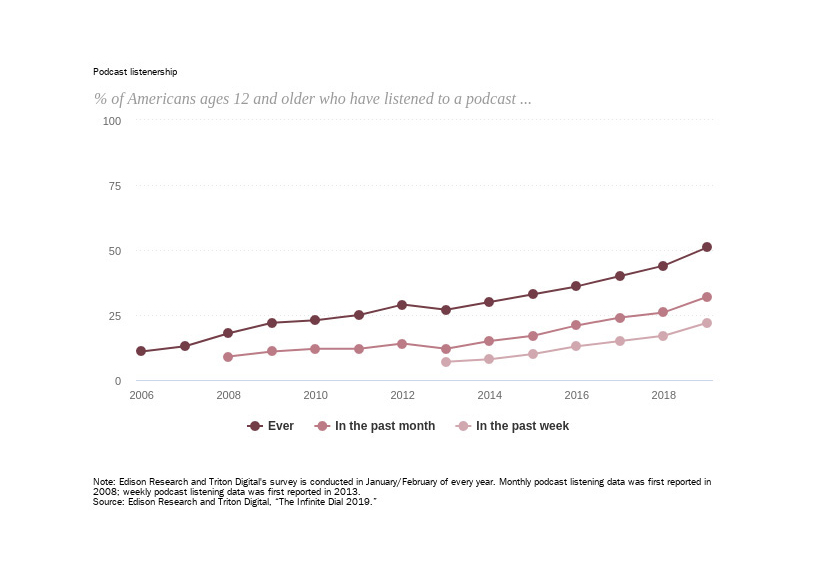
As podcasting becomes more prevalent, educational institutions are recognizing the medium’s potential for enhancing the learning experience.
Evolution of Podcasting in Education
Increased demand for distance learning, the development of new educational pedagogies such as flipped classrooms, and the transition to digital content from physical textbooks have all played a part in the evolving role of podcasts in education.
The adoption of podcasting and video blogging to support and facilitate learning has been on the rise for many years. However, the dependency upon remote learning necessitated by the COVID-19 pandemic catapulted streamed content to the forefront of education. As multi-media creation became more sophisticated, the built environment changed to reflect the needs of recording audio and video presentations. The initial process to create multi-media content was too complicated for the average faculty member or student.
The One Button Studio (OBT), developed by Penn State University in 2014, standardized the requirements for equipping audio/video production space and made great strides in providing universal access to multi-media creation. As the medium has grown in sophistication, so have the tools and spatial requirements to create it.
Reference: https://onebutton.psu.edu/
Sound Studios
Most spaces, new or existing, can accommodate a sound studio. The most successful spaces address acoustical isolation and background noise to minimize pickup by sensitive microphones.
A common acoustical consideration is improving the sound transmission coefficient (STC) rating of walls, doors, windows and ceilings to isolate these sound studios from adjacent spaces. Controlling reverberation with appropriate absorptive materials, mitigating vibration in floor, walls, and ceilings, and limiting background noise from mechanical equipment is critical to producing high quality recorded sound.
Video and Broadcast Studios
As in sound studios, acoustically isolated construction, along with fixed and adjustable acoustical elements such as curtains and absorptive/diffuse wall panels, contribute greatly to the sound quality of the productions. Video and broadcast productions also demand proper lighting and backgrounds. Suspended pipe grids create flexibility for placement of fixed cameras, lighting, speakers and microphones.
Typical Elements of a Video Studio
Chromakey backdrops such as green screens or painted walls, projectors, screens and flat panel displays are elements that impact the quality of the production and influence the design and construction of the space.
Music Recording Studios
Like video and broadcast studios, music recording studios are acoustically sensitive spaces. These studios often feature a large recording area for musicians and separate isolation booths to provide versatility in recordings and post-production. A dedicated control room directly attached to the recording area provides space for a recording engineer to record, mix, edit, and master. Whether producing archival or professional recordings, creating a space for capturing the performing arts requires specialized architectural and acoustical design and close attention during the construction process.
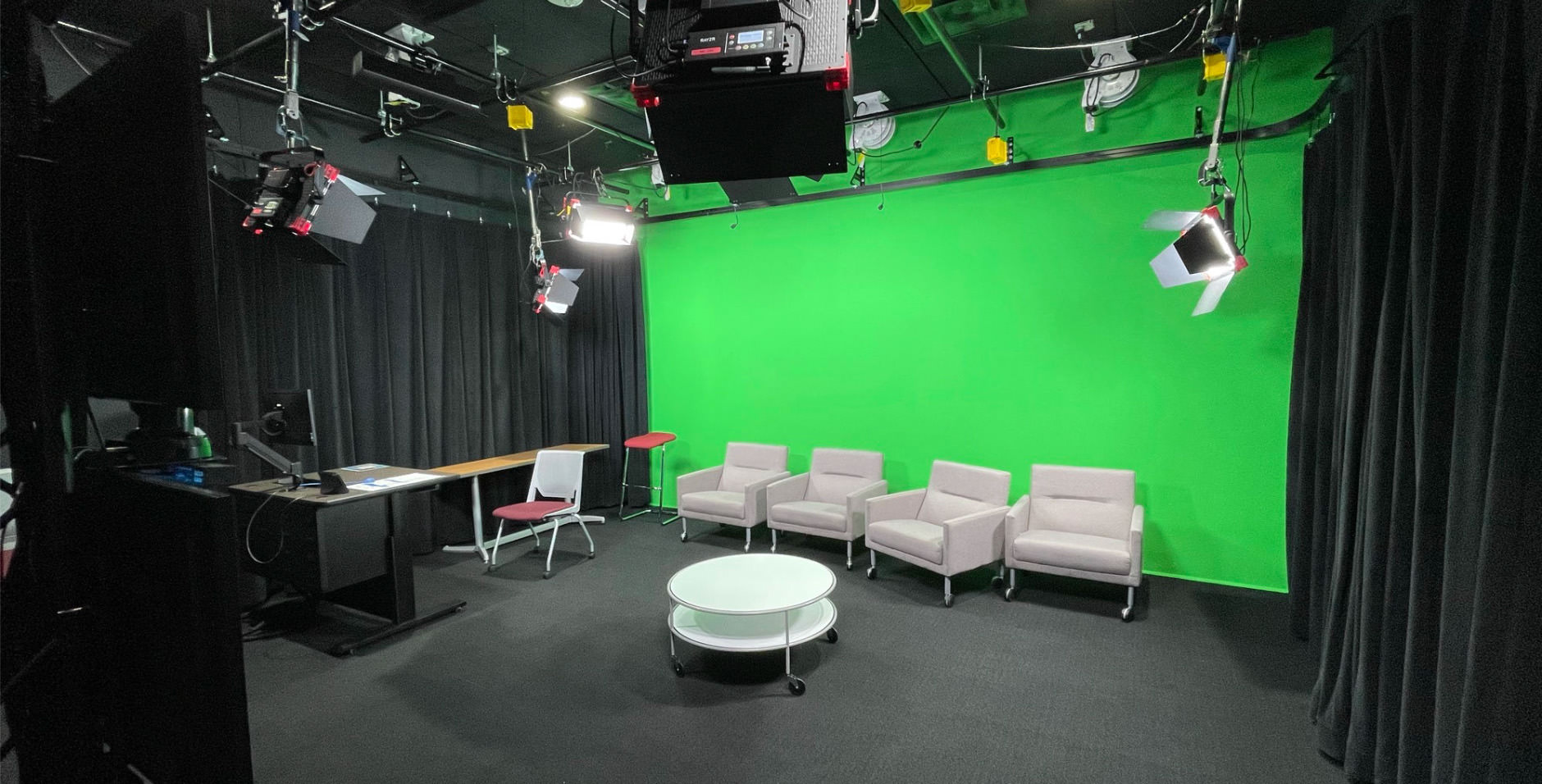
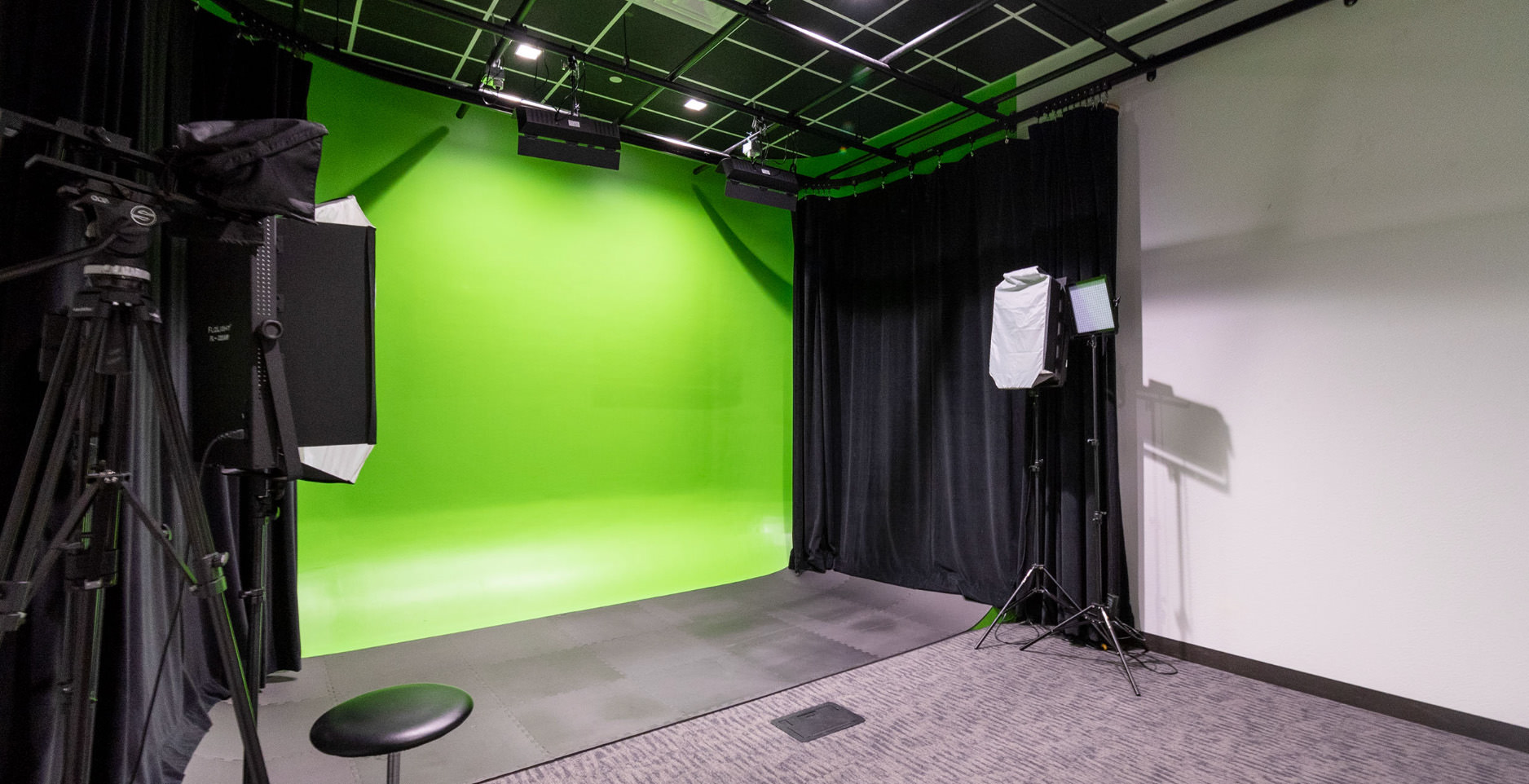
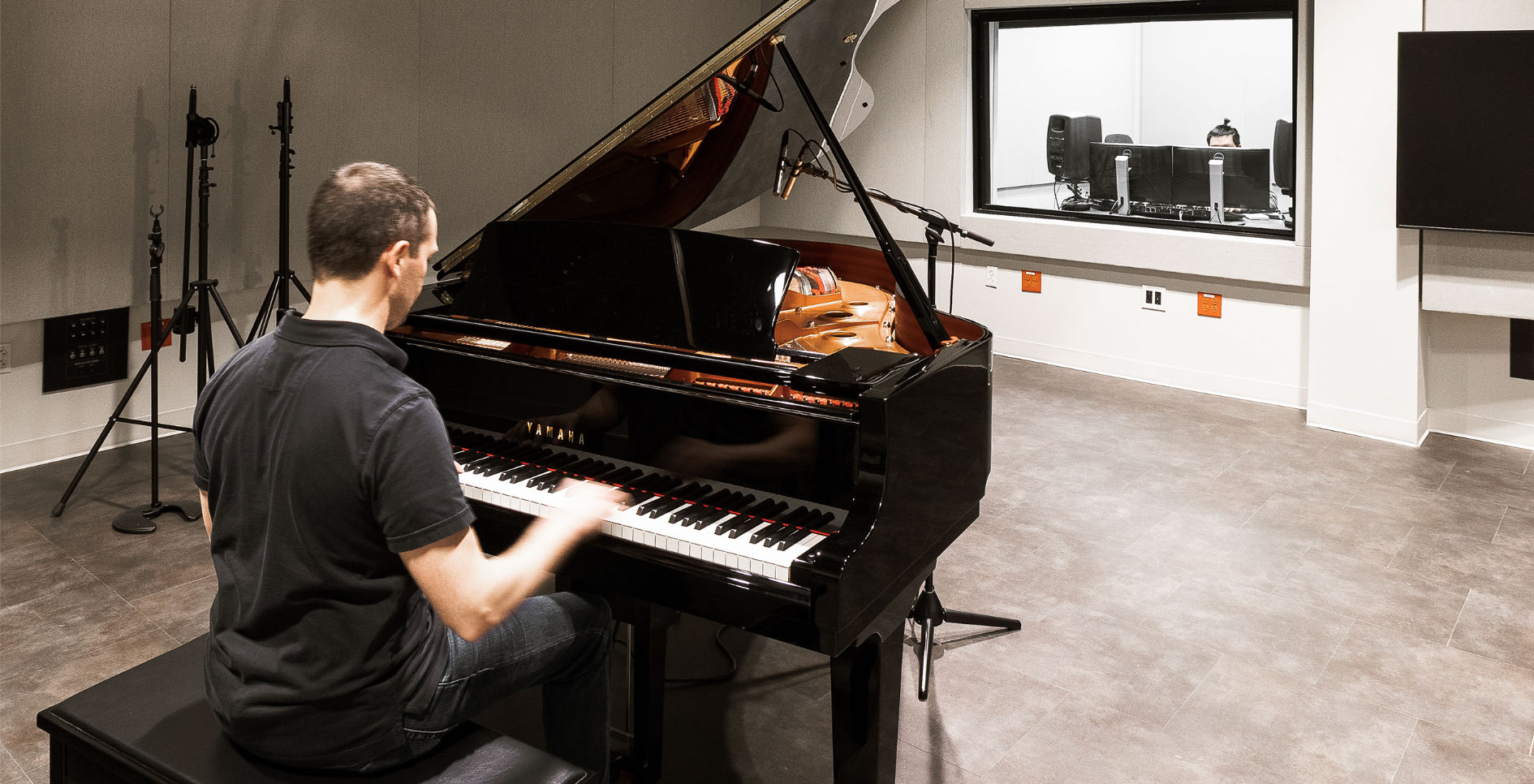
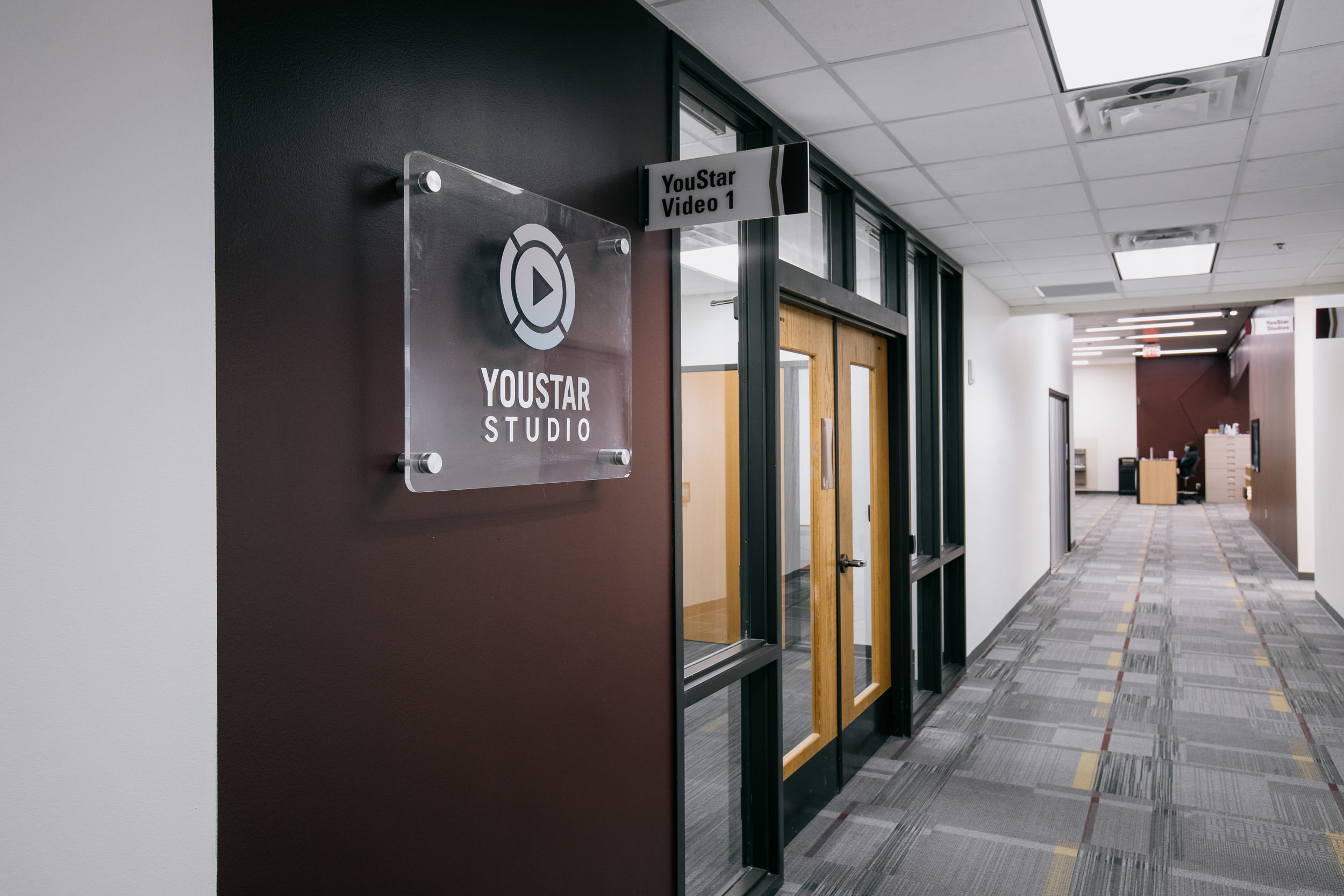
Post Production Studios
In the educational environment, the most successful multi-media production facilities provide dedicated hardware, software, and space to digitally edit the recorded content produced in the various studios.
These spaces range from small, individual editing rooms to larger classroom-type settings where media editing is taught by an instructor or facilitated by a faculty member.
